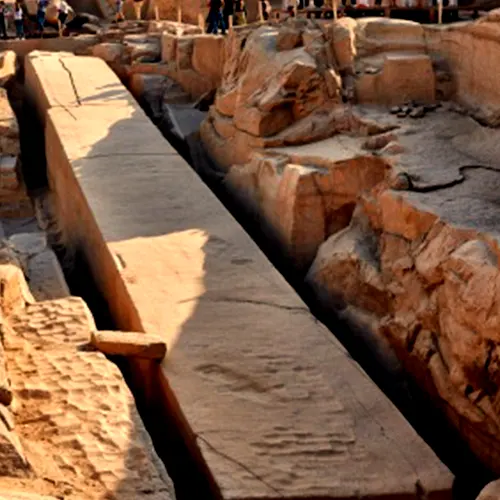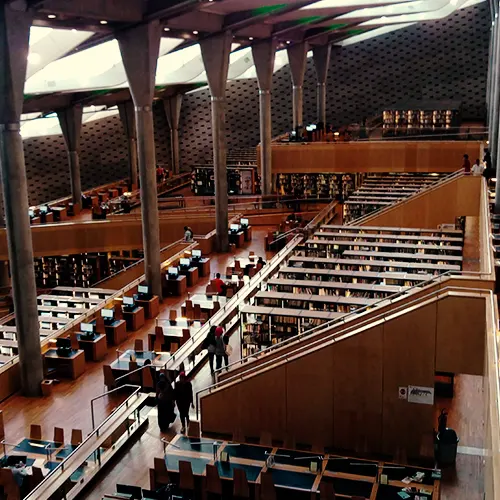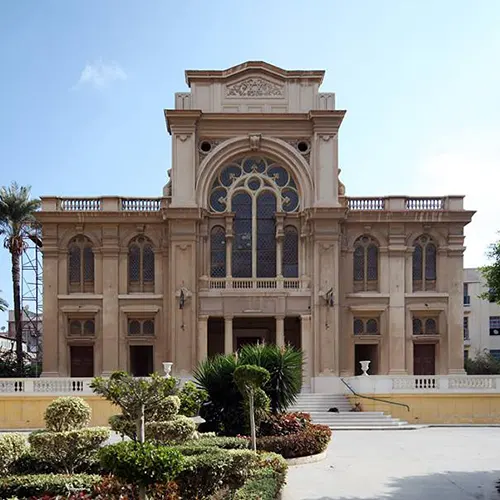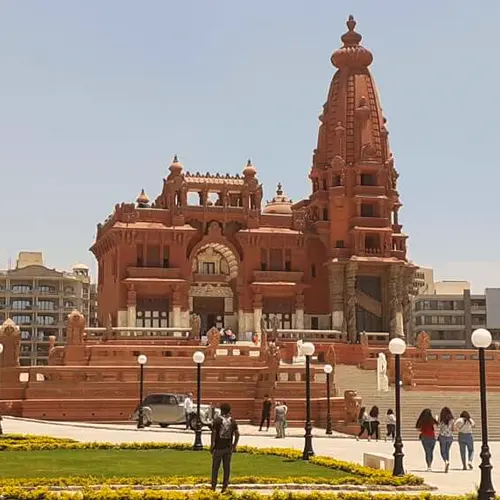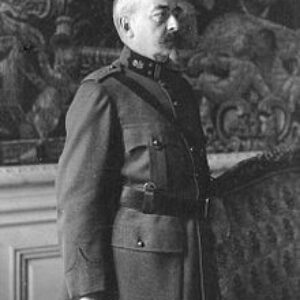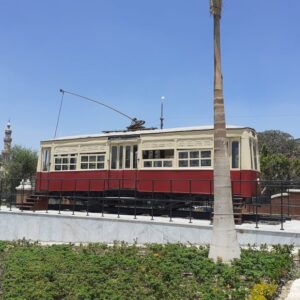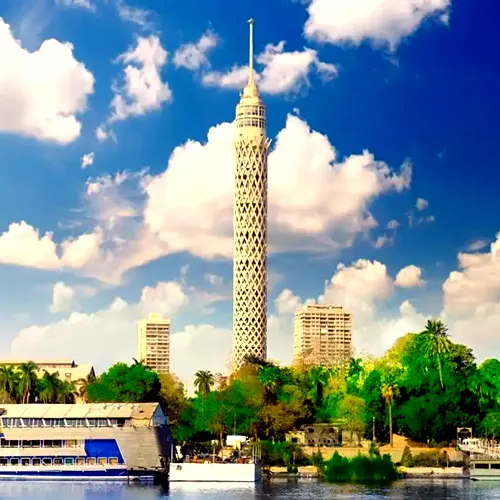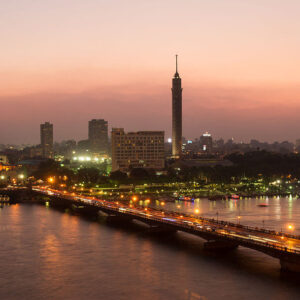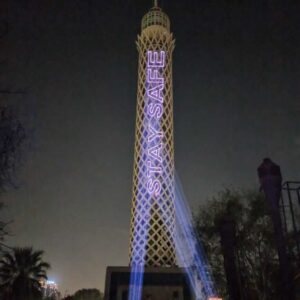The Unfinished Obelisk – Aswan Quarry
Throughout history, Aswan was famous for its granite quarry that was used by the ancient Egyptians for constructing several buildings during the ancient Egyptian civilization, like the valley temple of king Chephren and two obelisks of Queen Hatshepsut in Karnak Complex. This quarry of granite houses a unique monument that is the unfinished obelisk of Queen Hatshepsut dating back to the 18th dynasty, New kingdom. It is one of the most important tourist attractions in Aswan.
The Importance of the Unfinished Obelisk This obelisk was made from the red granite of the Aswan quarry. It is 42 meters high to be the longest in Egypt and nearly 1100 tons. The researchers believe that this obelisk was carved to be placed in Karnak Complex.
This obelisk was abandoned and not completed because of appearing cracks in its body during the cutting, as the scratches of the workers’ tools can still be seen clearly on the obelisk body and ochre-colored lines marking where they were working.
This obelisk is considered as a witness to the accuracy and ability of the ancient Egyptians in dealing with giant granite stones and how they cut and established their obelisks, as the bottom side of the obelisk is still attached to the bedrock.
As, they made very small holes directly out of bedrock all along the line of desired detachment. After that, they put the wooden pegs in these holes, then submerged them with water to expand, causing detaching the body of the obelisk.
Why did the ancient Egyptians use to build obelisks? Obelisks are tall and slender monuments. It has four straight sides, taking the pyramidal shape at the top. These four sides are full of inscriptions.
Obelisks had a great role during the 5th dynasty, old kingdom, as it was put inside the temples of Ra, so it was known as a sacred symbol of the cult of the sun. Also, they are a symbol of the Pn-pn that is referring to the primeval hill where the creation of the world began.

